Adobe After Effects and Blackmagic Fusion are well-known visual effects programs. Both are sophisticated VFX software packages. Which is best? This article compares After Effects vs. Fusion to help you choose.

What are Adobe After Effects and Blackmagic Fusion?
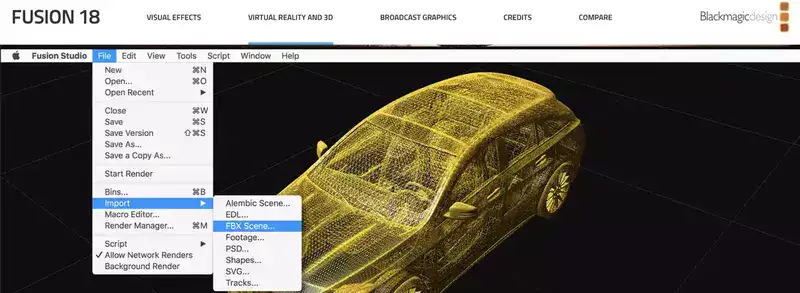
After Effects and Fusion are prominent digital media software tools. They generate beautiful graphics, animations, effects, and transitions for films, movies, TV shows, and advertisements. With these tools, you may make basic slideshows and sophisticated motion graphics for film.
Adobe After Effects is a professional video editing tool used to create visual effects for motion-based projects. It's easy to design 2D and 3D animation components including characters and backdrops. After Effects' plugins let users extend their toolkit. Online lessons help newcomers learn the application fast and efficiently.
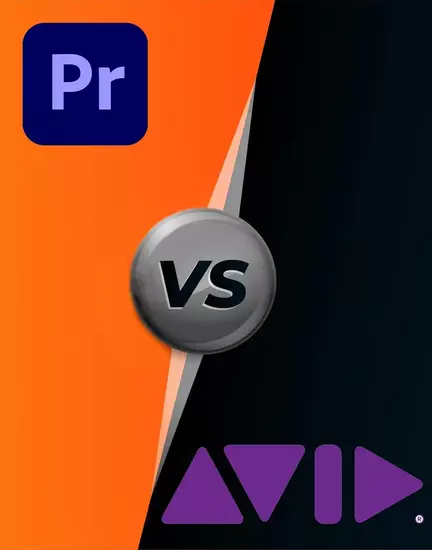
Professionals use Blackmagic Fusion to composite 3D images. It's behind Avatar (2009) and Iron Man (2008). This software's elegant interface simplifies difficult operations while giving experienced users complete control over their visual effects pipeline. With its vector-based approach, you can create high-quality compositions quickly while preserving precise control over each scene.
Both Adobe After Effects & Blackmagic Fusion have distinct features that set them apart from one another; nevertheless, they both have strong interoperability with third party plug-ins & motion tracking capabilities, making them perfect tools for any professional video editor or graphics artist. By integrating both tools, you'll unlock your imagination and discover a universe of possibilities.
Fusion Studio or Resolve Fusion? What’s the difference?
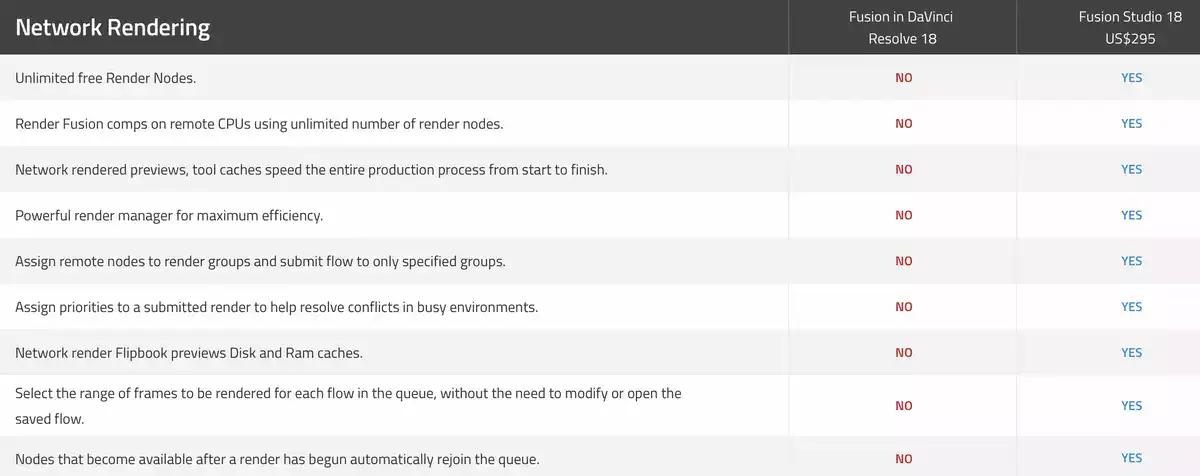
After Effects and Fusion are both widely used digital media editing and VFX software. They generate beautiful graphics, animations, effects, and transitions for films, movies, TV shows, and advertisements. With these tools, you can make basic slideshows and sophisticated motion graphics for film.
Adobe After Effects is a professional video editing tool used to create visual effects for motion-based projects. It's easy to design 2D and 3D animation components including characters and backdrops. After Effects' plugins let users extend their toolkit. Online lessons help newcomers learn the application fast and efficiently.
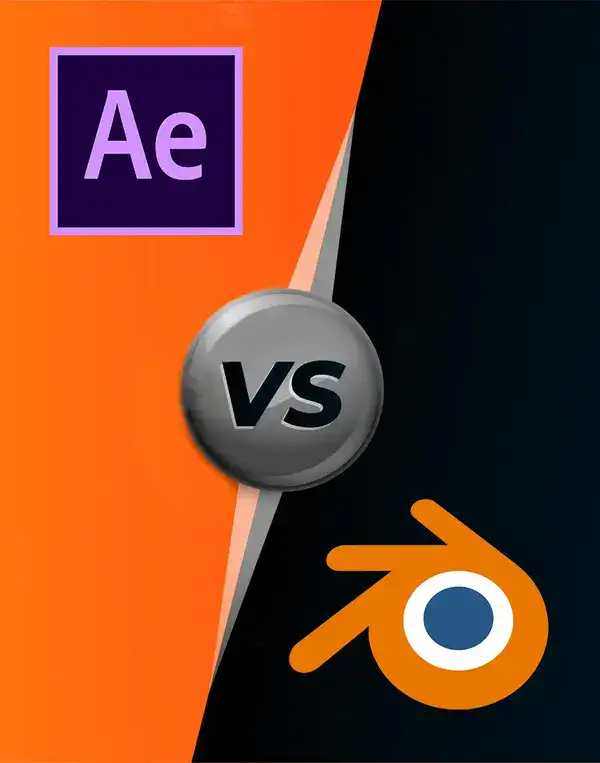
Professionals use Blackmagic Fusion to composite 3D images. In fact many visually captivating movies such as Avatar (2009) and Iron Man (2008) has Blackmagic's Fusion behind it. This software's elegant interface simplifies difficult operations while giving experienced users complete control over their visual effects pipeline. With its vector-based approach, you can create high-quality compositions quickly while preserving precise control over each scene.
After Effects vs Fusion – How to choose what’s right for you?
Choosing between Adobe After Effects and Blackmagic Fusion is kinda tough. Both programs are great post-production tools, but each has its own particular capabilities. Before choosing, consider your project's demands.
After Effects is a motion-graphics software. It's keyframing and animation capabilities let you easily build sophisticated effects. It offers plugins for extra features and functions and integrates with Adobe Premiere Pro and Final Cut Pro X when it's time for regular video editing.
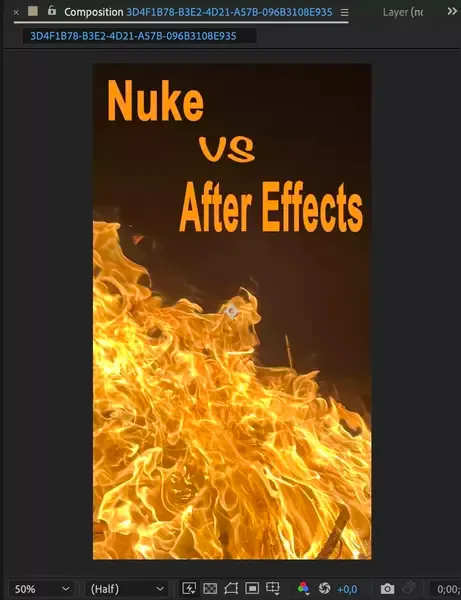
However, if you’re looking for superior color grading or 3D compositing capabilities then Blackmagic Fusion might be the better choice. Fusion's multi-layered 3D compositing capabilities help it manage complex images while keeping picture quality. It integrates with DaVinci Resolve and Avid Media Composer, so workflow isn't an issue.
Understanding your project needs is key to deciding between these two applications. Both programs have perks and downsides, so examine your alternatives before choosing.
Interface user experience
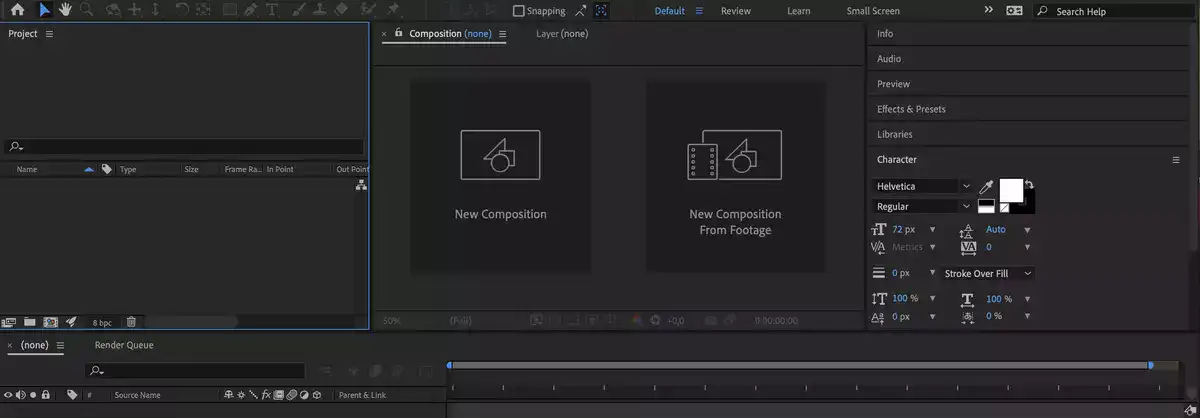
Adobe After Effects is a simple, easy-to-use interface. It has a straightforward timeline with keyframes and effects to help beginners get started. After Effects lets users customize workspaces to fit their workflow demands.
Blackmagic Fusion's UI is more technical and may seem intimidating. Once you become accustomed with Fusion's Node editor window, you can simply use its sophisticated features including 3D particle simulations and extensive color correction tools. Fusion's real-time previews cut render times for complex projects.
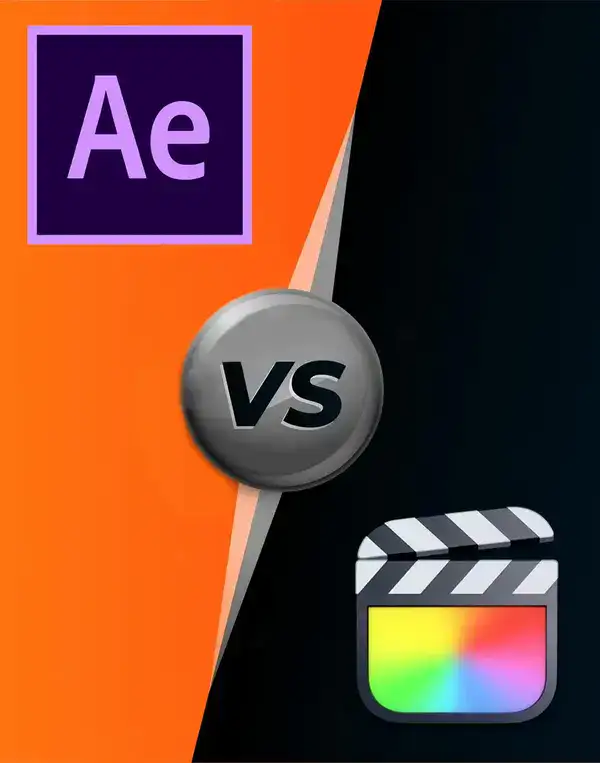
Adobe After Effects and Blackmagic Fusion both have impressive user interfaces. Fusion's node-based architecture gives it more power and control over complex projects than After Effects. Which one is preferable depends on each individual's workflow requirements. Some may favor After Effects' ease-of-use, while others may prefer Fusion's enhanced control.
Software workflow system: nodes or layers?
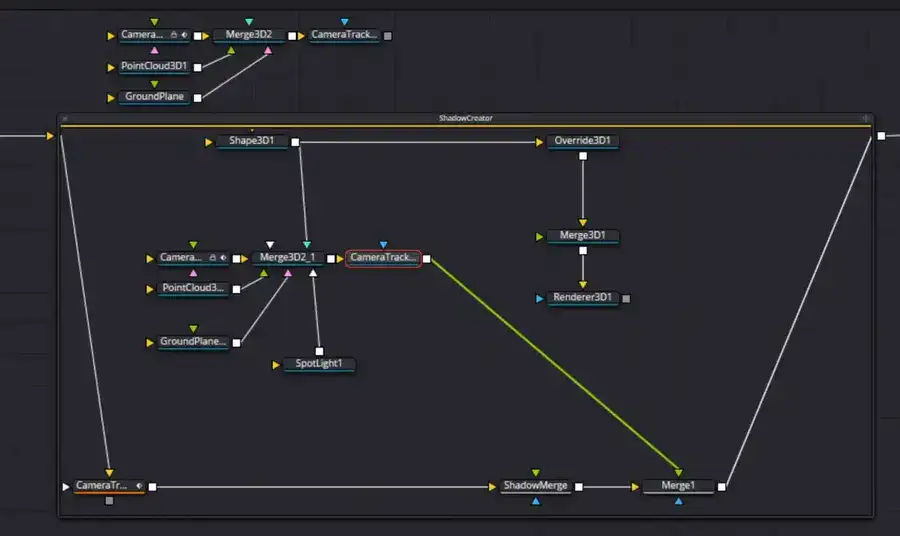
Nodes and Layer-based compositing combine photos, video, and other materials to produce a single composite. Blackmagic Fusion employs nodes to connect layers, allowing for more sophisticated compositions than Adobe After Effects (AE). Both programs have strengths and disadvantages, so it's crucial to understand how they work to make an informed decision.
Personal preference determines AE vs. Fusion. Depending on the project, each platform has pros and cons. Fusion's node-based workflow demands more planning ahead but gives greater control with less effort over time.
Which platform is better for photorealistic rendering?
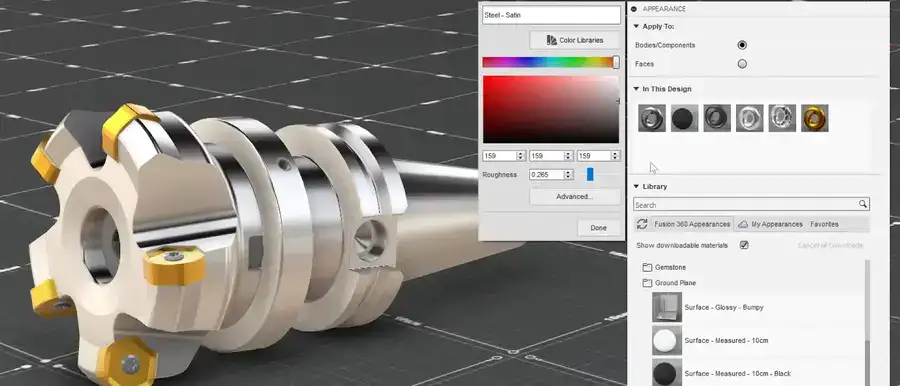
You wouldn't go wrong with either software when it comes to rendering photorealistic 3D designs. Both After Effects and Blackmagic Fusion are equally strong on that front. Both provide capabilities that enable users to create realistic graphics, but one may be better for you.
After Effects' motion graphics make it perfect for VFX, whereas Blackmagic Fusion focuses on VFX (visual effects). After Effects is best for professional-level compositing, color correction, and image manipulation. Its plugins and presets enable you personalize your project rapidly.
Blackmagic Fusion is better for complex 3D modeling and particle simulations. It offers numerous photorealistic capabilities like ray tracing and GPU rendering that After Effects lacks. The user interface is especially intended for 3D workflows, so camera tracking and light rigging are fast and easy.
Both After Effects and Blackmagic Fusion can generate lifelike renderings, so it comes down to personal choice and project demands. If done properly, whatever approach you take should provide good results.
Does the software support third-party plugins?

Both After Effects and Fusion support third-party plugins but After Effects has a much larger selection of plugins available. This is because After Effects is more popular than Fusion and thus has a larger development community creating plugins for it. However, both software packages support the most popular plugins so you’re unlikely to be missing out on anything essential by choosing one over the other.
Price comparison: subscription vs single purchase
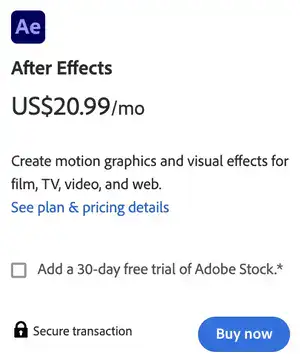
After Effects is part of the Creative Cloud package and costs about $20.99 per month. Fusion has more features but costs $294. It looks pricier than After Effects but could be the more affordable option since it's a single lifetime licence, not a monthly subscription.
Fusion is pricier than After Effects but provides more functionality. Industry-grade solution compatible with OpenEXR and Alembic file formats. It boasts greater real-time playback performance, which is important for complicated tasks or displaying big sceneries.

Conclusion
After Effects and Blackmagic Fusion are both great programs. Before choosing, evaluate their significant distinctions. Fusion has more complex capabilities and is quicker for some renderings than After Effects. Your decision depends on your requirements and tastes.

